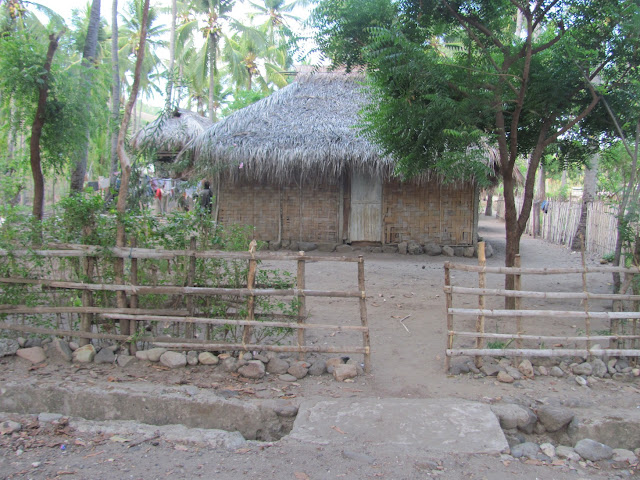Friday, July 13th, 2012 By Fat Reyes
Source: ETAN
Philippines Foreign ministers from the Philippines, Australia, Indonesia, Papua New Guinea, New Zealand, and Timor Leste expressed their strong support for the Coral Triangle Initiative (CTI), a project which aims to support the conservation and sustainable management of marine resources in the region.
In a statement, the Department of Foreign Affairs (DFA) said Foreign Affairs Undersecretary Erlinda Basilio led the discussions on Maritime Cooperation and Conservation at the 10th Southwest Pacific Dialogue (SWPD) meeting held at the sidelines of the 45th Asean Ministerial Meeting on July 11.
The SWPD is a forum for dialogue of the foreign ministers to exchange views and information on various issues within the region. The statement noted that the recently held dialogue focused on connectivity, maritime conservation, and democracy issues concerning the regions.
“The Philippines said that effectively addressing challenges such as border security, piracy and freedom of navigation and ensuring the conservation and management of marine resources are shared responsibilities of all countries, especially in Asia and the Pacific,” the statement said.
The statement noted that the Coral Triangle Initiative (CTI) on Coral Reefs, Fisheries and Food Security, aimed to contribute to the improvement of conservation and sustainable management of marine resources resulting in food security and sustainable livelihoods. It said the Coral Triangle, which includes the Philippines, was a global center of marine biodiversity and one of the world’s top priorities for marine conservation.
On May 4, 2012, representatives from the Philippines, Malaysia, Indonesia, East Timor, Papua New Guinea and Solomon Islands, presented before the Asian Development Bank (ADB) and other institutional donors marine and coastal projects designed to protect the triangle.
In earlier reports, Environment Secretary Ramon Paje noted how the Coral Triangle was vital to the Philippine economy saying that the country proposed to the ADB and donor countries five projects worth $136 million to protect the Coral Triangle and promote sustainable fishing. The projects included the rehabilitation of mangroves, establishment of a marine database, and implementation of a national coastal and marine management program.
Meanwhile, a report published on the Philippine Daily Inquirer noted that Professor Terry Hughes, an Australian expert on marine biology and coral ecosystems, said massive coral bleaching was “entirely likely” in some reef areas, including Southeast Asia, due to the El Niño phenomenon, which is forecast to occur in the latter part of the year.
The DFA statement also noted that the Philippines accepted the offer to chair the next meeting of the SWPD at the next ASEAN meeting in Brunei Darussalam in 2013.
